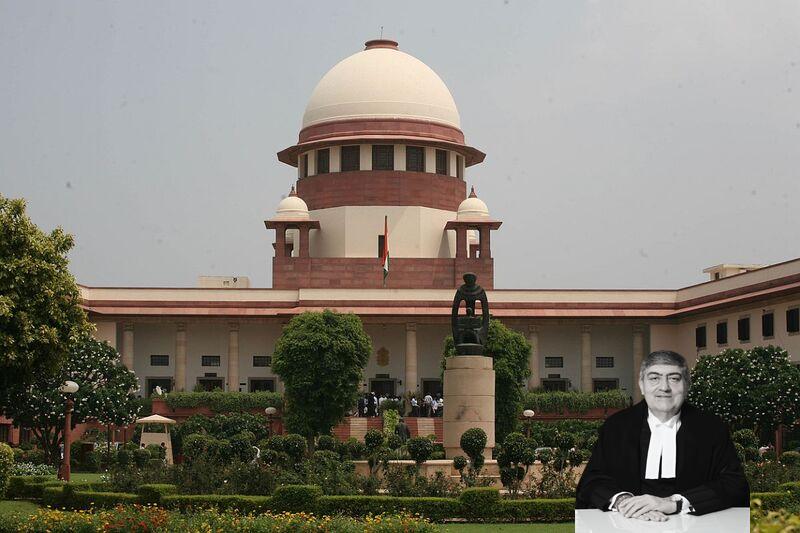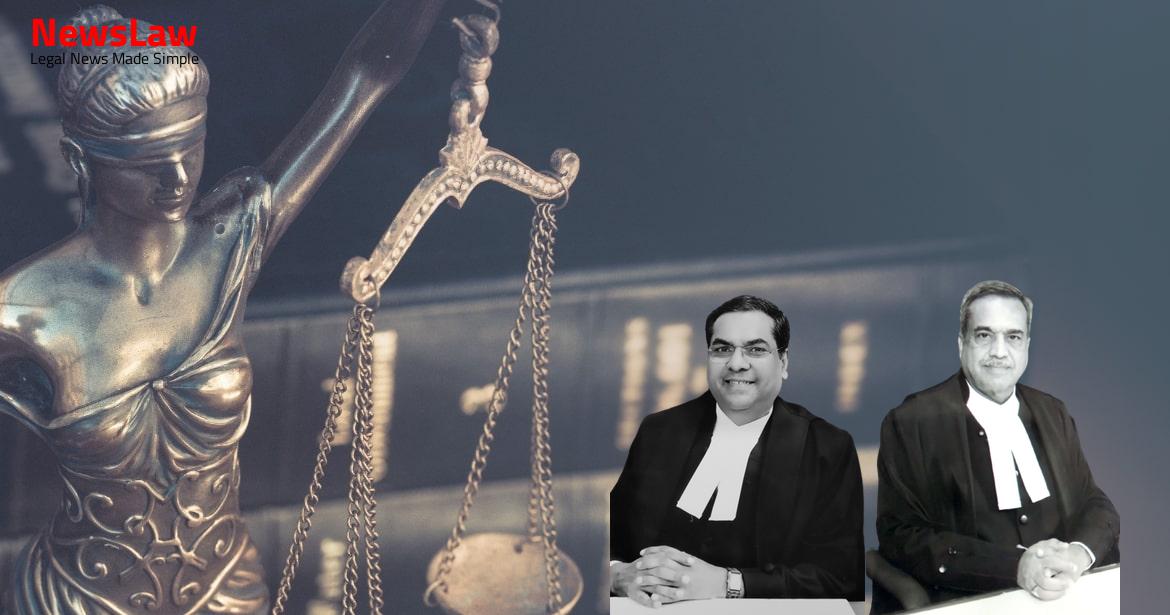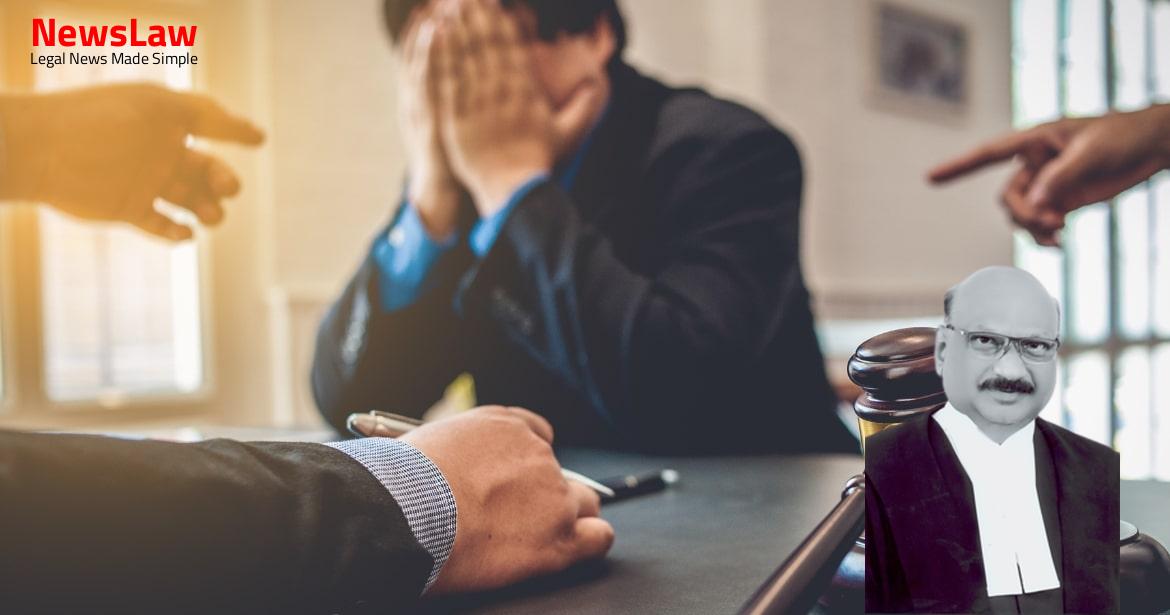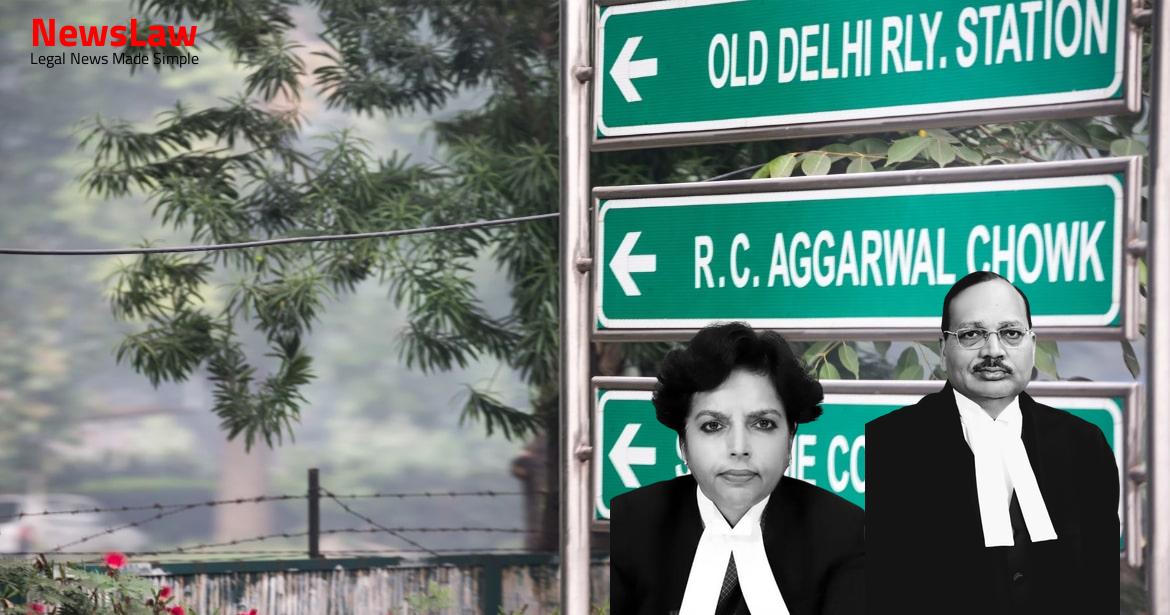The appellant, along with the co-accused (since deceased), was charged under Sections 302, 376, 511, 454, 380 read with Section 34 of the Indian Penal Code, 1860 (hereinafter referred to as “IPC”). PW2 sent telephonic information to the police station, followed by the registration of the first information report at about 6.30 pm at the instance of PW1. Recovery of the stolen articles was made, inclusive of gold jewels, from the custody of PW6, a lady from Tibet, with whom they were allegedly pledged, though the prosecution was not very clear as to whether they were sold or pledged. A supplementary charge-sheet was filed on 01.04.2006, slightly modifying the earlier charge-sheet, giving a narration that the accused broke open the house of the deceased and PW5, her husband, due to previous enmity and when she made her entry into the house, she was raped and murdered. It took into consideration the statement given by the children under Section 161 of the CrPC that this witness advised the children to tell their mother to give a complaint to the police, though she was found dead.
It held that the evidence of PW1 would indicate the prior enmity between PW5 and the accused. Accordingly, the appellant was convicted for committing murder with a further conviction for an attempt to rape. In the absence of any motive on the part of PW1 to implicate the appellant on purpose, the High Court rightly ignored minor contradictions. Interpretation clause.—In this Act the following words and expressions are used in the following senses, unless a contrary intention appears from the context:— xxx xxx xxx “Fact”.—“Fact” means and includes— (1) any thing, state of things, or relation of things, capable of being perceived by the senses; (2) any mental condition of which any person is conscious.
A court of law cannot declare the reputation of a person based upon its own opinion merely because a person is educated and said to be God-fearing, that by itself will not create a positive reputation. In other words, the conduct of a 8 witness under Section 8 of the Evidence Act, is a relevant fact to decide, determine and prove the reputation of a witness. While the said principle has to be kept in mind, it is also to be borne in mind that if the conduct of the witness is so unnatural and is not in accord with acceptable human behaviour allowing variations, then his testimony becomes questionable and is likely to be discarded. In the said statement, the fact that he was informed by his wife that Bhau was dead was also not mentioned. It is also surprising that he had not told his family members and he went to Pune without disclosing the reason and after he arrived from Pune and on being informed by his wife that his companion Bhau had died, he went to the police station.
In the absence of any kind of clinching evidence to connect the appellants with the crime, we are disposed to think that it would not be appropriate to sustain the conviction.” (emphasis supplied) 20. However, where the single eyewitness is not found to be a wholly reliable witness, in the sense that there are some circumstances which may show that he could have an interest in the prosecution, then the courts generally insist upon some independent corroboration of his testimony, in material particulars, before recording conviction. The importance is to the degree of probability in proving a fact through the consideration of the matters before the court.
As an exhaustive interpretation has to be given to the word “matter”, and for that purpose, the definition of the expression of the words “means and includes”, meant to be applied for evidence, has to be imported to that of a 11 “matter” as well. The court can come to a conclusion on the existence of a fact by merely considering the matters before it, in forming an opinion that it does exist. Therefore, a Judge has to transform into a prudent man and assess the existence of a fact after considering the matters through that lens instead of a Judge. While appreciating the evidence as aforesaid along with the matters attached to it, evidence can be divided into three categories broadly, namely, ( i ) wholly reliable, ( ii ) wholly unreliable, and ( iii ) neither wholly reliable nor wholly unreliable.
Section 134 of the Indian Evidence Act has 12 categorically laid it down that ‘no particular number of witnesses shall in any case, be required for the proof of any fact’. If the Legislature were to insist upon plurality of witnesses, cases where the testimony of a single witness only could be available in proof of the crime, would go unpunished. Even as the guilt of an accused person may be proved by the testimony of a single witness, the innocence of an accused person may be established on the testimony of a single witness, even though a considerable number of witnesses may be forthcoming to testify to the truth of the case for the prosecution. The court naturally has to weigh carefully such a testimony and if it is satisfied that the evidence is reliable and free from all 13 taints which tend to render oral testimony open to suspicion, it becomes its duty to act upon such testimony. We have, therefore, no reasons to refuse to act upon the testimony of the first witness, which is the only reliable evidence in support of the prosecution.” (emphasis supplied) CIRCUMSTANTIAL EVIDENCE “The mind was apt to take a pleasure in adapting circumstances to one another, and even in straining them a little, if need be, to force them to form parts of one connected whole; and the more ingenious the mind of the individual, the more likely was it, considering such matters, to overreach and mislead itself, to supply some little link that is wanting, to take for granted some fact consistent with its previous theories and necessary to render them complete.” Warning addressed by Baron Alderson to the jury in Reg.
We wish to quote with profit the Panchsheel of the proof of a case based on circumstantial evidence, laid down by this Court in Sharad Birdhichand Sarda v. 1047] Certainly, it is a primary principle that the accused must be and not merely may be guilty before a court can convict and the mental distance between ‘may be’ and ‘must be’ is long and divides vague conjectures from sure conclusions. While dealing with an appeal against acquittal by invoking Section 378 CrPC, the appellate court has to consider whether the trial court’s view can be termed as a possible one, particularly when evidence on record has been analysed. When the trial court renders its decision by acquitting the accused, presumption of innocence gathers strength before the appellate court. An appellate court shall not expect the trial court to act in a particular way depending upon the sensitivity of the case. We find, different decisions being made by different courts, namely, the trial court on the one hand and the appellate courts on the other.
State of Kerala, (2010) 9 SCC 189 : (2010) 3 SCC (Cri) 1179], SCC p. State, (2009) 10 SCC 206 : (2010) 1 SCC (Cri) 288] and Gamini Bala Koteswara Rao v. of Police [(1999) 2 SCC 10 : 1999 SCC (L&S) 429], that if a decision is arrived at on the basis of no evidence or thoroughly unreliable evidence and no reasonable person would act upon it, the order would be perverse. It is true that if a material witness, who would unfold the genesis of the incident or an 17 essential part of the prosecution case, not convincingly brought to fore otherwise, or where there is a gap or infirmity in the prosecution case which could have been supplied or made good by examining a witness who though available is not examined, the prosecution case can be termed as suffering from a deficiency and withholding of such a material witness would oblige the court to draw an adverse inference against the prosecution by holding that if the witness would have been examined it would not have supported the prosecution case.
The court of facts must ask itself — whether in the facts and circumstances of the case, it was necessary to examine such other witness, and if so, whether such witness was available to be examined and yet was being withheld from the court. It was argued that the accused were absconding and, therefore, adverse inference needs to be drawn against them. When the prosecution is not able to prove its case beyond reasonable doubt it cannot take advantage of the fact that the accused have not been able to probabilise their defence. It cannot draw support from the weakness of the case of the accused, if it has not proved its case beyond reasonable doubt.” (emphasis supplied) DISCUSSION 26. The fact that PW1 immediately advised the children of the deceased to tell their mother to register a complaint with the police coupled with the further fact that PW11 deposed that Police station was near to the Magistrate’s complex creates doubt on the origin of the first information report.



